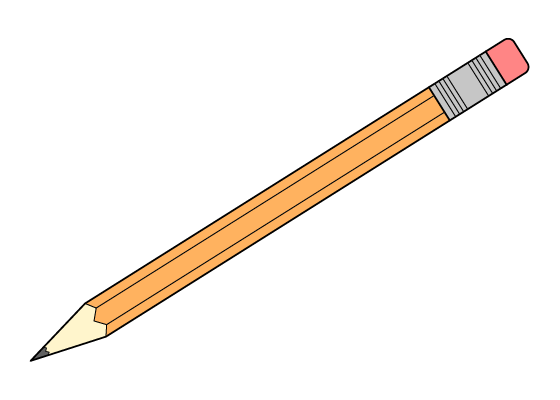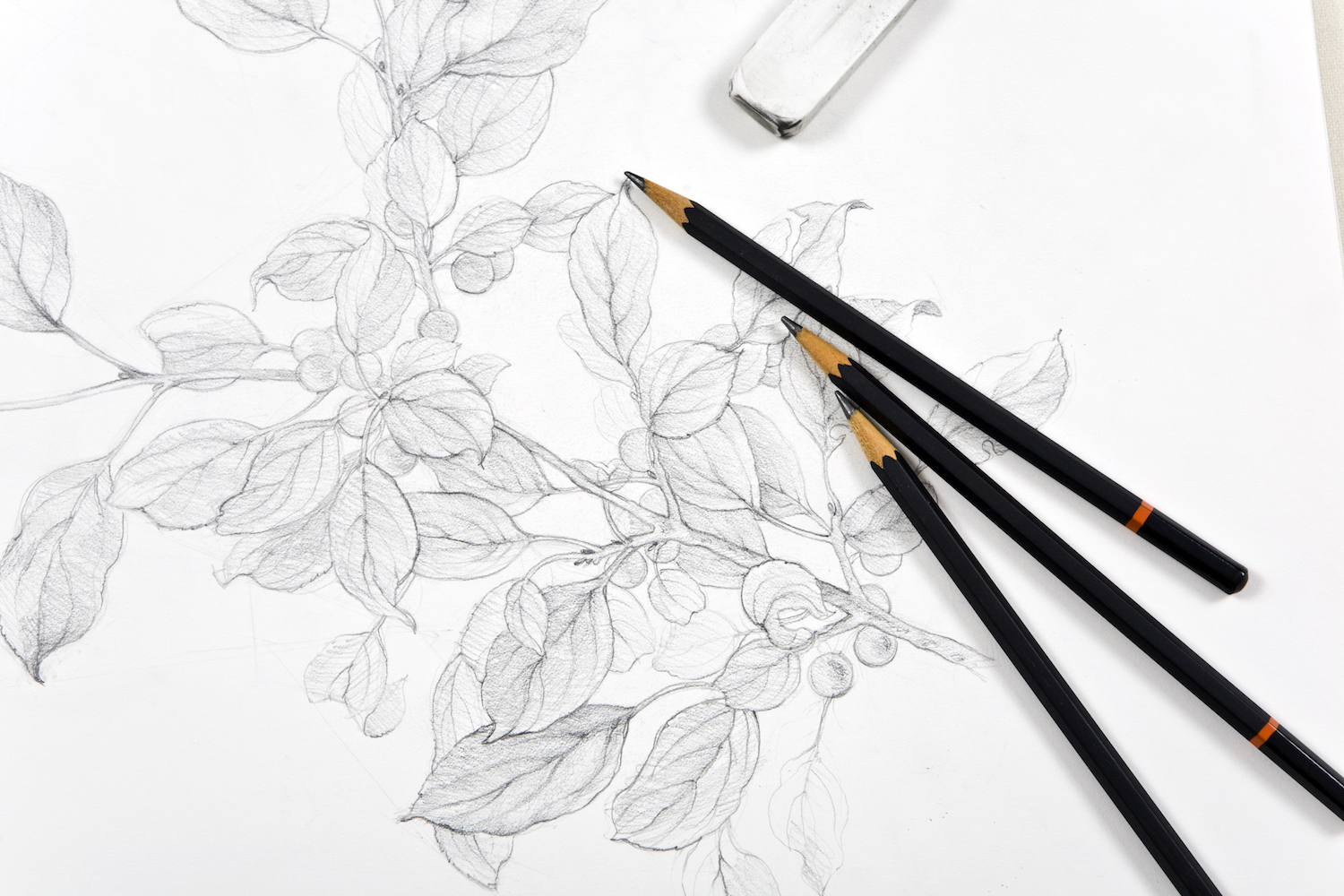How to draw using only a pencil 7 steps with pictures
Table of Contents
Table of Contents
Have you ever wanted to create a beautiful drawing but been intimidated by the thought of using a pencil? Fear not! Drawing with pencils can be a wonderful and fulfilling experience for any artist, novice or professional.
There are a few common pain points that people may experience when learning how to draw with pencils. For one, it can be difficult to achieve the right shading and depth needed to create a realistic image. Additionally, many people may struggle with finding the right pencils and paper for their drawings.
The key to successful pencil drawing is to start with basic techniques and build from there. Begin by learning how to properly hold a pencil and how to create different shades with the varying levels of pencil hardness. Then, move on to exploring different textures and techniques, such as cross-hatching and smudging.
In summary, to become proficient in drawing with pencils, it is important to start with the basics and build from there. This includes learning proper pencil techniques, understanding pencil hardness and paper types, and experimenting with different textures and styles.
How to Draw with Pencils: Starting with the Basics
When I first began drawing with pencils, I was overwhelmed with the different types of pencils and papers available. However, I quickly learned that the key to successful pencil drawing is to start with the basics and build your skills from there.
First and foremost, it is important to have a good grasp of basic pencil techniques. This includes learning how to hold the pencil correctly and how to create different shades and lines with it. Additionally, it is important to understand the different levels of pencil hardness and how they affect your drawing.
For those just starting out, I recommend selecting a few basic pencils and practicing creating different shades and textures by experimenting with pressure and stroke direction. As you become more comfortable with basic techniques, you can start exploring different textures and styles.
 The Importance of Paper and Pencil Selection
The Importance of Paper and Pencil Selection
Once you have a good grasp on basic pencil techniques, it is important to select the right pencils and paper for your specific drawing needs. This can vary greatly depending on your style and desired outcome.
When selecting pencils, it is important to consider the hardness level as well as the brand and quality. Generally, softer pencils are better for shading and rough sketches, whereas harder pencils are better for fine details and sharp lines.
When it comes to paper, it is important to choose a high-quality paper that can handle the texture and pressure of your pencils. Avoid using printer paper or thin notebook paper, as these can easily tear or smudge your drawing.
 ### Exploring Different Textures and Techniques
### Exploring Different Textures and Techniques
Once you have a good grasp on basic pencil techniques and have selected the right pencils and paper, it’s time to start exploring different textures and techniques. This can include cross-hatching, smudging, and stippling, to name a few.
Cross-hatching involves creating multiple parallel lines that intersect each other, creating shadows and textures. Smudging can add depth and a blurred effect to your drawing, while stippling involves adding small dots to create texture and depth.
By experimenting with different textures and techniques, you can create a unique and personalized style that truly showcases your skills and creativity.
Tips and Tricks for Pencil Drawing
Finally, there are a few tips and tricks that can help improve your pencil drawing skills. These can include:
- Start with light shading and build up to darker tones
- Use a kneaded eraser for precise erasing and shading
- Practice regularly to build muscle memory and improve your skills
- Study from reference images to learn new techniques and styles
- Experiment with new tools, such as blending stumps and brushes, to create unique effects
 Question and Answer Section
Question and Answer Section
Q: What is the best type of paper to use for pencil drawing?
A: It is important to select a high-quality paper that can handle the texture and pressure of your pencils. Look for a heavier weight paper with a slight texture, such as a drawing pad.
Q: Can I use a regular eraser for pencil drawing?
A: While a regular eraser can work for small mistakes, it is recommended to use a kneaded eraser for precise erasing and shading.
Q: How can I improve my shading techniques?
A: Practice regularly to build muscle memory and improve your skills, and study from reference images to learn new techniques and styles. Additionally, start with light shading and build up to darker tones.
Q: Do I need to use expensive pencils for pencil drawing?
A: While high-quality pencils can make a difference in your drawing, it is possible to create beautiful drawings with basic pencils. Experiment with different brands and levels of hardness to find what works best for your specific needs.
Conclusion of How to Draw with Pencils
Drawing with pencils can be a rewarding and fulfilling experience for artists of all levels. By starting with basic techniques and building your skills from there, selecting the right pencils and paper, and experimenting with different textures and techniques, you can create beautiful and unique drawings that showcase your creativity and skill. So don’t be afraid to grab a pencil and start creating!
Gallery
How To Draw A Pencil Step By Step - EasyLineDrawing

Photo Credit by: bing.com / pencil draw drawing step sun star leads knock sharp mechanical mm green jetpens
Learning To Draw With Graphite Pencil | Here’s What You Need To Know

Photo Credit by: bing.com / pencil graphite drawing draw gettyimages beginner artist learning
How To Draw Using Only A Pencil: 7 Steps (with Pictures) - WikiHow

Photo Credit by: bing.com / pencil draw using only wikihow
Pencil Drawing Techniques For Beginners - Udemy Blog

Photo Credit by: bing.com / pencil drawing techniques beginners boy draw paper hands grail literacy holy visual udemy vector shutterstock
Best Drawing Pencils For Beginners And Professionals

Photo Credit by: bing.com / pencils colored drawing beginners background getty close professionals





